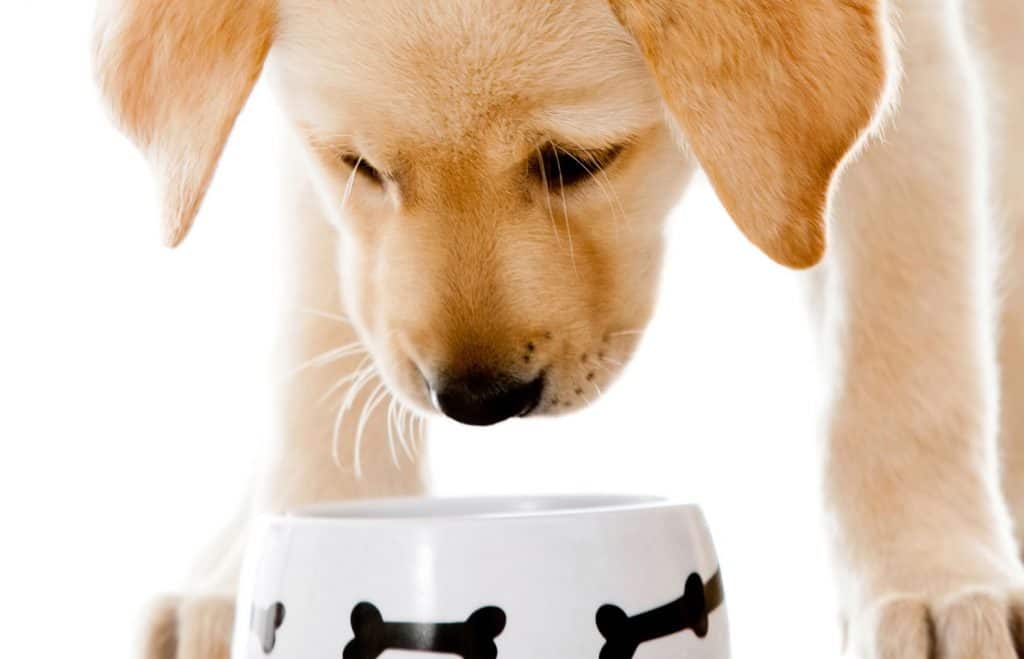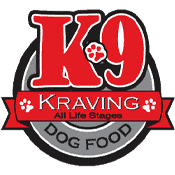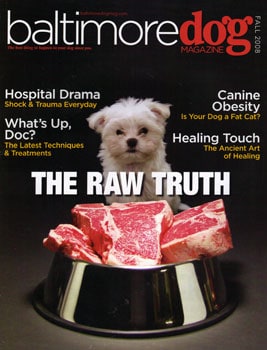Transitioning to New Dog Food

If you have recently decided to change dog foods, there is a certain process you should follow to ensure your pet reacts well to the new food. A drastic change in a dog’s diet can lead to digestive issues, or it could cause your dog to reject the food altogether. In the guide below, we will explain the right way to transition to new dog food so your pet can be as happy and healthy as possible.
Let Your Dog Taste a Sample of the New Food
When you first get your new dog food, let your dog taste a sample of it first thing in the morning. This will let you see just how enthusiastic he is about eating the food, and it will get your dog used to the idea of trying something new. By introducing it to him in the morning, you will make it look like a special treat, which may further entice your dog to eat the food later on.
Check the Portion Recommendations for the New Dog Food
Before you start mixing dog foods, you need to know how much of the new food you need to give your dog each day. This varies greatly by brand and by product, so don’t assume that you will be feeding the same amount of the new food. Once you have an idea of what the portion sizes will be, you can gauge how much food to feed your dog.
Slowly Add the New Food to the Old Food
The easiest way to transition a pet to new dog food is to slowly add the new food into the old food. Let’s say you feed your dog 1 cup of the old brand dog food each day, and the portion sizes are the same for the new food. You may start the transition by feeding your dog 3/4 cup old food and 1/4 cup new food. Repeat this for several days, and then switch to 1/2 cup of each food. Finally, you can use 1/4 old food and 3/4 cup new food until you phase out the old food altogether.
If your dog has a negative reaction at some point during the transition, you may want to slow down and keep the portions the same for a week or more at a time. If your dog is having an allergic reaction to the food, stop feeding him the new food and talk to your veterinarian about your options.
PRO TIP: Make sure to read the feeding instructions on the new food carefully, in case it has to be stored at a certain temperature or fed to your dog in a certain way. If you cannot physically mix the two foods together, you can try feeding your dog in multiple settings and alternating the food that he gets for each of the feedings.
Keep Other Changes to a Minimum
Dogs are creatures of habit and repetition. They don’t handle multiple changes at once very well. It’s best to change one element of your dog’s lifestyle at a time, rather than making a big transition all at once. In other words, don’t change dog foods right away if you just moved to a new house or got a new puppy. Your dog needs time to be able to process what is already going on before he can think about changing foods as well. As long as you respect your dog’s need for consistency and slowly ease into a new set of food, your dog will have a pleasant experience trying the new cuisine you have for him.



